What Your Car Color Says About You—and Why It Matters for Your Wallet
Discover what your go-to car color reveals about your personality and how it impacts your vehicle's resale value, upkeep, and even safety risk
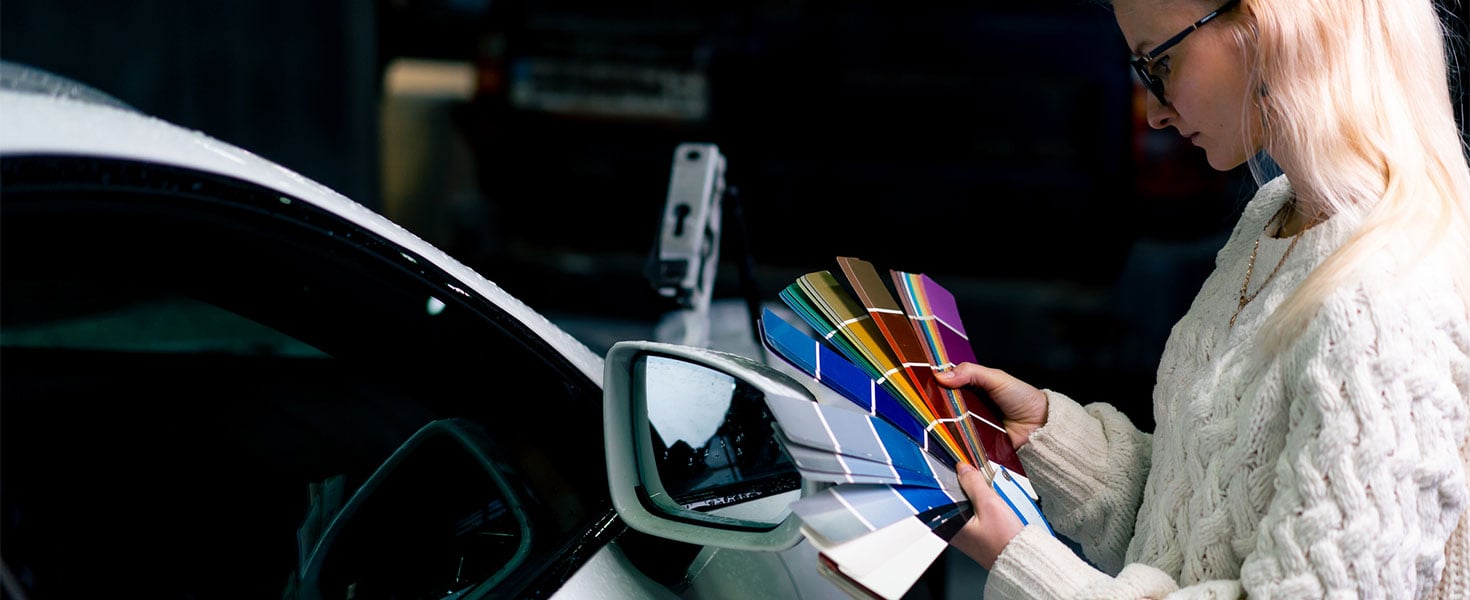

Quick—what’s your favorite car color? Your answer to that question may reveal more about you than you probably think.
The psychology of color has long been a fascinating, albeit inexact, science. Still, most can agree that color has the power to evoke a wide spectrum of emotions, influencing mood and behavior. (Some studies have shown that color can affect physical conditions such as heart rate, blood pressure and metabolism, too.) Delving deeper into our favorite colors may even provide a glimpse into our personality traits. And extending that psychology to cars suggests why we gravitate toward certain paint colors on dealership lots and showroom floors.
What's in a color?
If you love blue, you’re not alone. It’s the world’s most popular color, which is often associated with the personality traits of trustworthiness and calmness. Likewise, green suggests peacefulness and nurturing qualities, while down-to-earth brown conveys stability and responsibility.
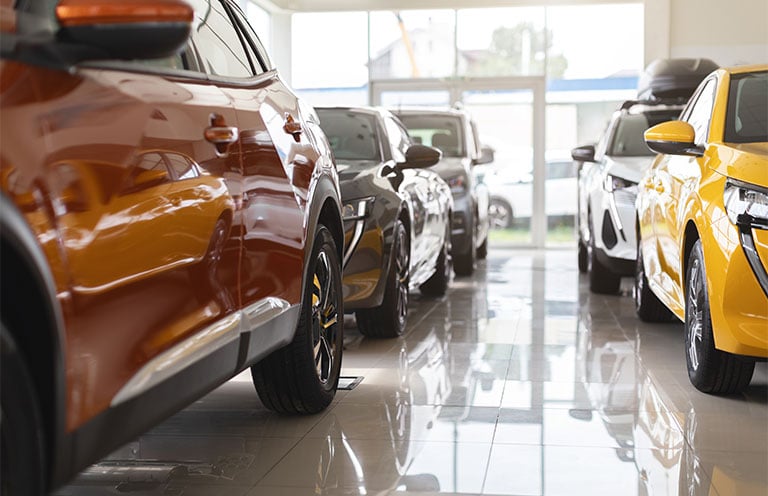
Drawn to bright colors? Red radiates passion and daring; yellow represents optimism and energy; and orange emanates enthusiasm and creativity. Or perhaps you're partial to purple, which signifies royalty and luxury, or black, which exudes elegance and confidence. At the other end of the spectrum, white symbolizes innocence and cleanliness, and a mix of black and white, gray gives a nod to maturity and practicality.
Of course, painting personality traits with such a...ahem, broad brush would be like saying a unique masterpiece can be created via painting-by-number. When it comes to our preferences for car colors, however, some observations are as plain as black and white—well, with shades of gray and silver, too.

The world's most popular color isn't the most popular car color
While blue is the favored color worldwide—including in the US—surprisingly, it’s not the most popular car color, according to the BASF 2024–2025 Automotive Color Trends report. White cars—followed by black, silver, and gray—dominate the roadways. In fact, in recent years, these colors have each taken a turn at the top of the most popular car colors list in the US. While blue is the top-ranking chromatic color for cars, blue vehicles make up just 9 percent of the market share in the US, compared with white cars holding 34 percent.
That begs the question: In a world of kaleidoscopic color, why do we find achromatic paint colors at the end of our car color rainbow?
Economics, for starters.

The top trio of car colors
Henry Ford is famously quoted as saying about his mass-produced Model T: “Any customer can have a car painted any color that he wants, so long as it is black.”
Though the Model T was available in other colors during the early stages of its production, Ford began churning out Model Ts in one color—black—for the sake of efficiency and economy. While today’s automakers are beginning to lean into an expanding palette of car colors, they tend to put their color choices in neutral, coloring inside the lines with reliable sales-driven colors.
Automakers typically decide on the colors that they’ll paint their new models about three to five years in advance of those cars appearing at a dealership near you. As a simple matter of supply and demand, carmakers and dealers don’t want to…ahem, paint themselves into a corner by stocking cars they’re not confident will move off their inventory sheets quickly, whether those vehicles are for sale or lease. You could say that rosy sales forecasts and the color of money are often viewed in…well, grayscale.
Achromatic car colors are not only safe bets for automakers and dealers but can also be smart choices for consumers. After all, color is a driving force in the majority of buyers’ purchase decisions not only on an emotional level but also from a pragmatic perspective. Wallet-wise, color has a huge impact on vehicle resale value.
So, while a riot of color might look great splashed on your living room wall or threaded through a statement sweater, it’s unlikely to be a good look on your car. Car color is a lot like a tattoo; once it’s inked on a new vehicle, you’re pretty much stuck with it unless you go down the avenue of a potentially pricey paint job.
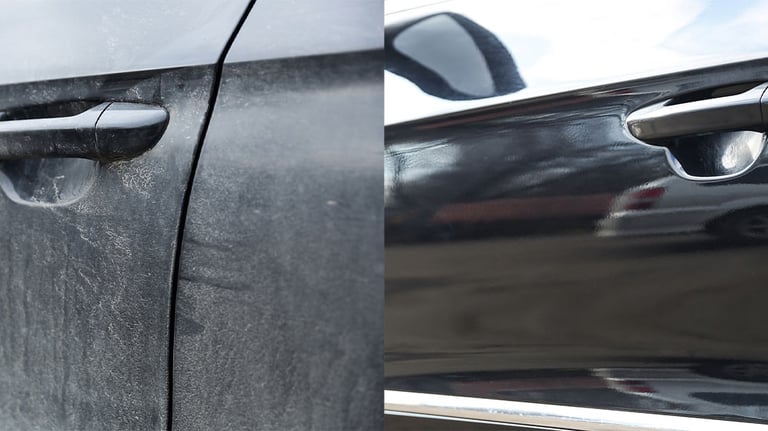
The practicality of car colors
Why are white cars such a win-win for the auto industry and buyers? Beyond the promise of retaining their value, they have a lot going for them.
Remember how the color white symbolizes cleanliness? Well, white cars follow suit in that department. Intuitively, you might think that white cars would show more dirt, but it’s quite the contrary. They are actually easier to keep clean since white reflects more light and, as a result, hides dust, dirt and water spots. Scratches on white paint are harder to detect, too. (Gray and silver cars, as well as brown and beige cars, also do a great job of camouflaging dust and dirt.)
White cars aren't just easier to keep clean; their interiors are also cooler since white naturally reflects sunlight. No wonder they're ubiquitous in sunny states like Florida.
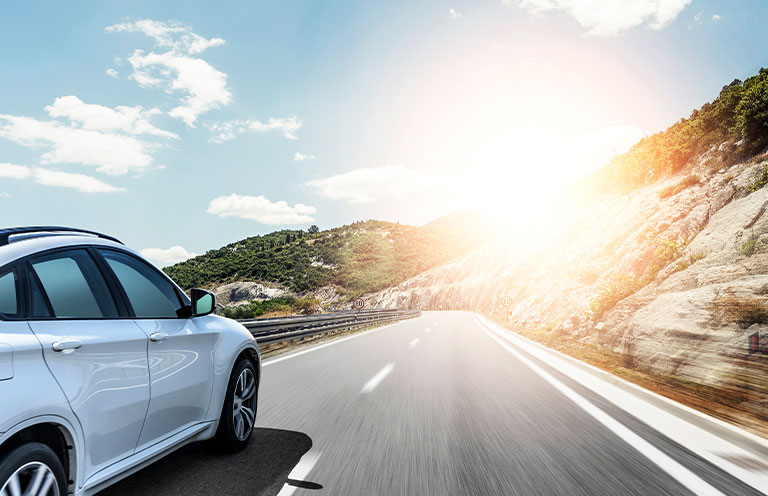
Road-wise, studies show that white is also the safest vehicle color thanks to its high visibility in a wide range of lighting conditions, including at night, in fog and in rain. Even in bright sun, white cars are easier to see against the black asphalt of roadways. High-impact hues like yellow and orange—think school buses and construction signs—as well as light-reflecting silver are also good choices when it comes to road safety.
Conversely, black cars are the toughest to keep clean, as specks of dust and dirt as well as water spots and scratches tend to jump out against the contrasting car canvas. Black also absorbs sunlight and holds heat, making the interior of a black car’s temperature trickier to cool. Also, black cars are less visible on the roadways, impacting motorist safety. But clearly, we Americans love black cars, so practicality paints only part of the picture.
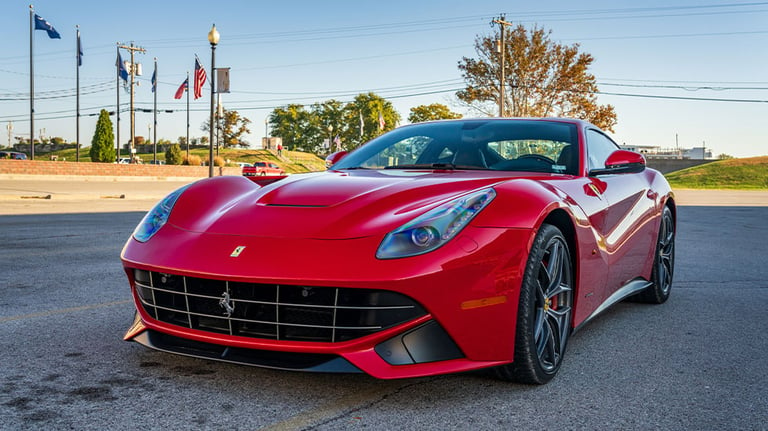
Taking a spin on the color wheel
While popular, achromatic color schemes may be as exciting as…er, watching paint dry for some consumers. After all, many drivers want to show off their individuality with their car, including with colors that go outside the lines. Especially if you’re in the market for a car that’s more about fun than mere transportation, taking a spin on the color wheel is de rigueur.
Imagine that souped-up coupe, cool convertible or shiny sports car in cardboard-box beige? Blah. Now picture it in General Lee orange, Tuscadero (à la Happy Days) pink, or Ferrari red. Boom.
As Enzo Ferrari famously said, “Give a child a piece of paper, colors, and ask him to draw a car, and surely he will make it red.”
Oh, and interestingly, contrary to popular belief, red cars don’t receive more speeding tickets than cars in other colors, according to several studies, including those by the Insurance Information Institute. Yes, red is the number-one color for sports cars, and people who drive sports cars might—just might—tend to drive those cars faster. But it’s the speeding—not the color of the car—that catches the attention of law enforcement.
Similarly, insurance rates are not higher for red cars, despite the myth. Rates are determined by the vehicle’s make and model—and the costs to repair and replace it—among many other factors, color not being one of them.
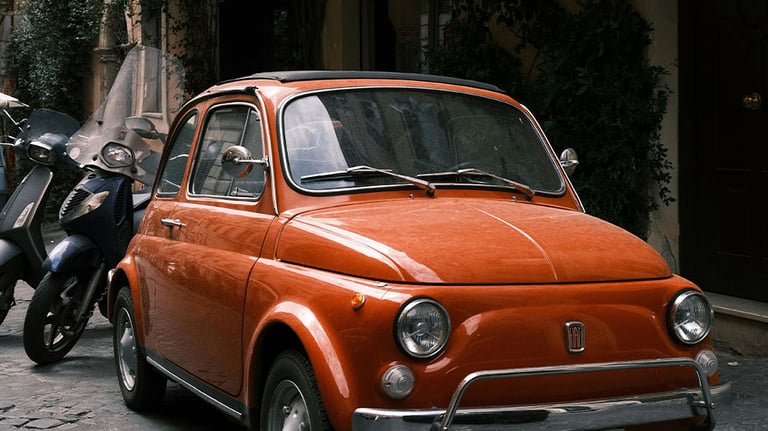
Dreaming in color
Just as your super-cool new car may not look optimal swathed in the color of cardboard, the family minivan is unlikely to pull off a canary yellow like, say, a Lamborghini or a pumpkin orange like, for example, a Fiat can.
In fact, Italian automaker Fiat declared in June 2023 that it would no longer produce its cars in “dull, generic, un-Italian” gray, starting with the production of its Fiat 600e. Stating that the world does not need another gray car, the company turned its focus on more colorful options inspired by the country’s landscapes. The Operation No Grey campaign featured a video of the company’s CEO seated in a silver Fiat 600 that was lowered into a humungous bucket to emerge awash in a coating of eye-popping orange paint.
Indeed, having an eye for color takes not only car types but also regional influences into account. Predicting which colors will be on trend and where they’ll trend is one of the jobs of automotive paint manufacturing companies like BASF Coatings and PPG.

Coloring your car world
BASF and PPG designers connect with other designers and artists in an array of industries—from fashion and food, to science and technology and everything in between—in their quest for color research. (In fact, Apple products are often credited with the steady climb in popularity of white cars.)
The designers also draw inspiration from everyday places like markets, main streets, city centers and nature trails. Then they take that research into account with the prevailing vehicle body styles—certain colors work better on certain sizes and shapes of vehicles—in various parts of the world to create on-trend color collections for those regions.

So, what colors do the experts see down the road here in the US? Expect colors inspired by nature, with shades of green, brown, and blue gaining more traction in the market. They also see a subtle shift to bolder, more expressive hues, with purple this year's breakout color.
BASF Coatings' 2025 Key Color for North America is dubbed Holding Sway, which the company describes as an "intense purple shade with a strong bluish shift affect." PPG's 2025 Color of the Year is Purple Basil, which its designers define as a "dusty violet with mauve undertones."
Will consumers take to these new colors when it comes to their cars? The proof, of course, will be in the pudding…er, the paint.
Quick—what’s your favorite car color now? Your answer to that question likely reveals more about you than you initially thought.
